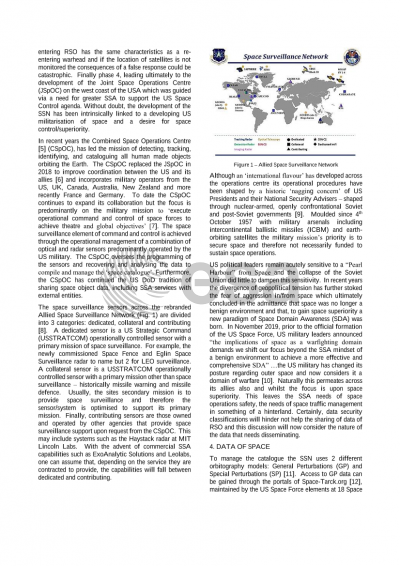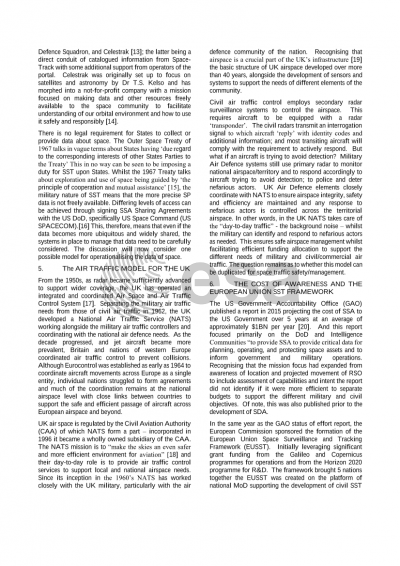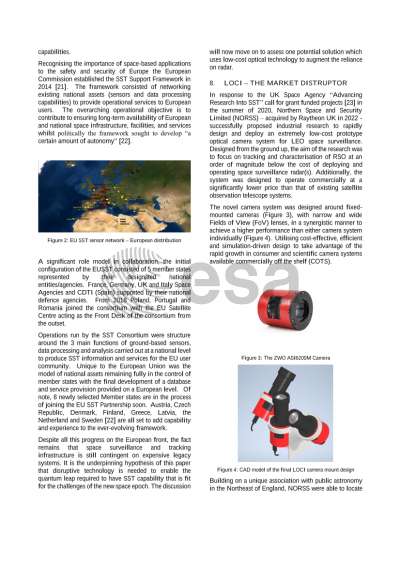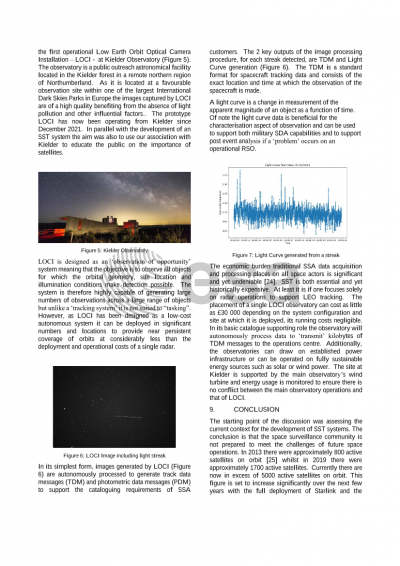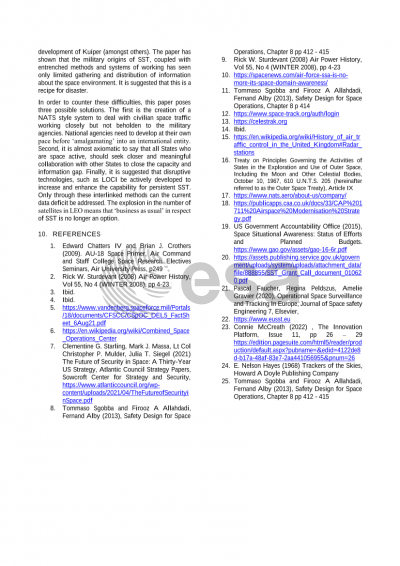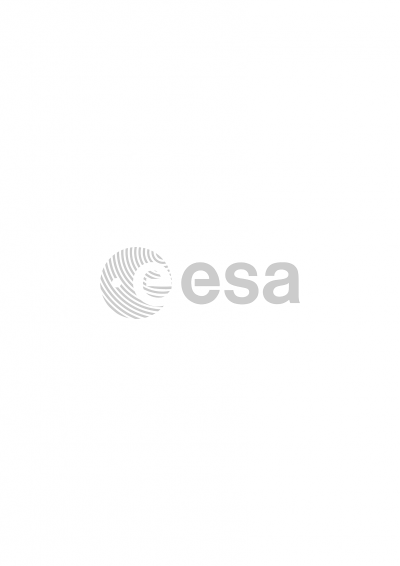Document details

Abstract
From the earliest days of human space activity, the data regarding space surveillance and tracking (SST), has predominantly been provided by the military, using systems designed and developed to support other priorities such as Missile Warning and Missile Defence. This capability evolved into the US Space Surveillance Network (SSN), a system of co-dependent and dedicated radar and electro-optical sensors. This network has provided the bedrock of data to support safe space flight operations in near Earth orbit. As the needs of current and future space operations become ever more complex, the wisdom of relying solely on the provision of data from this military collection of assets must be reassessed. The orbital environment has undergone a dramatic change over the last decade. The broad contours of activity have shifted from single, expensive satellites operating in GEO to large numbers of small satellites working as a constellation in LEO. Given this shift and the sheer number of commercially owned and operated satellites now orbiting in LEO, this paper advocates a fundamental change is needed in the way in which space situational awareness data is gathered and utilised. It will be argued that the reliance on the military both undermines the focus of their mission and fails to adequately address the challenges of the new space environment.
This discussion will advocate the establishment of a civilian-led, globally facing, organisation dedicated to supporting the coordination of space traffic support. It is argued that the benefits of establishing bespoke, space-tracking infrastructure, unburdened by military restrictions on data sharing, outweighs the potential expense of developing such capability. Furthermore, this paper contends that many of the cost-based arguments are fallacious and based upon building and operating large military radar systems. It is contended that these legacy systems designed to track ballistic missiles are not necessarily optimised for satellite and debris tracking. The paper will introduce the LEO Optical Camera System (LOCI) and evaluate its potential as a ‘market disruptor’ in the provision of data about LEO. It is argued that advancements such as LOCI will not only provide civil space with support infrastructure dedicated to tracking and safety management of large space objects on orbit but will release the military to focus on the security of space. This paper will conclude by identifying the need to re-evaluate the current operation of space surveillance systems. It is suggested that an attitudinal shift in both technology and cultural approaches to the provision of data is needed to support on orbit operations. Such developments will ensure the resources are available to develop and dedicate tracking capabilities to identify the smaller objects currently not detected by systems optimised to track missiles and their warheads.
Preview

